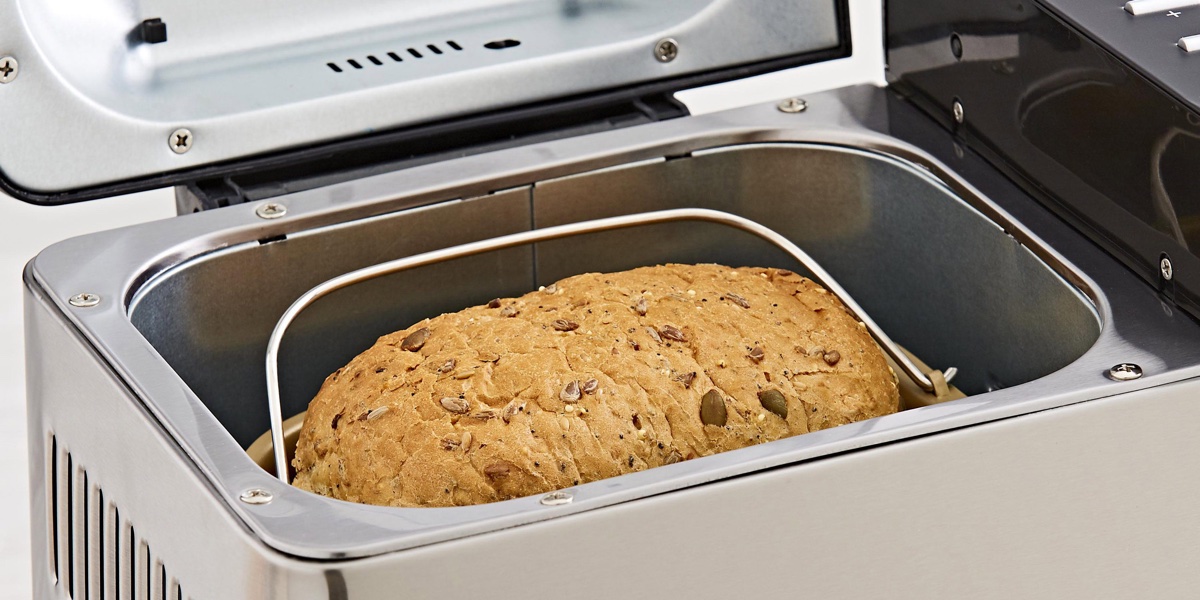

Articles
How To Make Keto Bread In A Bread Machine
Modified: September 1, 2024
Learn how to create delicious keto bread in a bread machine with this informative article. Enjoy the benefits of a low-carb lifestyle with homemade, healthy bread.
(Many of the links in this article redirect to a specific reviewed product. Your purchase of these products through affiliate links helps to generate commission for Storables.com, at no extra cost. Learn more)
Introduction
Welcome to the world of delicious and healthy keto bread made right in your very own bread machine! If you’re following the ketogenic diet and have been craving bread, you’re in for a treat. With the increasing popularity of the keto diet, more and more people are seeking alternatives to traditional bread that are low in carbs and high in fat. Keto bread is the perfect solution, allowing you to satisfy your bread cravings while staying in ketosis.
Going keto doesn’t mean you have to give up bread completely. In fact, with the right ingredients and a bread machine, you can whip up a batch of mouthwatering keto bread that is both flavorful and nutritious. Whether you’re new to the keto lifestyle or a seasoned ketogenic enthusiast, making keto bread in a bread machine is a game-changer. It’s convenient, time-saving, and produces consistent results every time.
Not only does keto bread taste amazing, but it also offers a host of health benefits. By eliminating grains and refined carbohydrates, keto bread is low in carbs and high in healthy fats, which promotes weight loss and improves blood sugar control. It is also a great source of fiber and contains essential nutrients, making it a more nutrient-dense option compared to regular bread.
When it comes to making keto bread, choosing the right ingredients is key. Opt for low-carb flours such as almond flour, coconut flour, or flaxseed meal. These alternatives are not only low in carbs, but they also provide a good amount of healthy fats and fiber. Sweeteners like erythritol or stevia can be used to add a touch of sweetness, while eggs and butter are essential for texture and flavor.
Setting up your bread machine for keto bread is a simple process. Just like making regular bread, you’ll need to select the right settings and program the machine accordingly. Most bread machines have a “gluten-free” or “low-carb” setting that works perfectly for keto bread. It’s important to keep an eye on the timing and ensure that the bread is baked to perfection.
Are you ready to bake some delicious keto bread? In the next sections, we’ll provide you with a simple recipe and some tips to help you get started. You’ll also learn how to add variations and flavors to make your keto bread even more exciting. Get ready to enjoy warm, freshly baked keto bread straight from your bread machine!
Key Takeaways:
- Enjoy delicious and nutritious keto bread made in a bread machine, supporting your low-carb lifestyle while satisfying your bread cravings. Experiment with flavors and ingredients to create your perfect keto bread recipe.
- Embrace the art of bread-making and master the process of creating bakery-quality keto bread at home. With the right ingredients, settings, and creativity, indulge in the taste and texture of bread while staying true to your ketogenic lifestyle.
Read more: How To Make Dough In Bread Machine
Benefits of Keto Bread
Keto bread offers a wide range of benefits, making it a popular choice for those following the ketogenic diet. Here are some of the key advantages of incorporating keto bread into your low-carb lifestyle:
- Low in Carbs: One of the primary benefits of keto bread is its low carbohydrate content. Traditional bread is typically high in carbohydrates, which can cause a spike in blood sugar levels and hinder ketosis. Keto bread, on the other hand, is made with low-carb flours such as almond flour or coconut flour, making it a suitable option for those on a ketogenic diet.
- High in Healthy Fats: Keto bread is rich in healthy fats, which is a key component of the ketogenic diet. Fats are a vital source of energy and help keep you feeling satisfied and full for longer periods. When consumed in combination with a low-carb diet, healthy fats can help your body reach and maintain a state of ketosis.
- Supports Weight Loss: For individuals looking to shed some extra pounds, keto bread can be a valuable ally. Since it is low in carbs and high in healthy fats, keto bread helps promote weight loss by keeping you feeling satiated while providing essential nutrients. This can prevent unnecessary snacking and overeating, leading to a calorie deficit and eventual weight loss.
- Improves Blood Sugar Control: Traditional bread is often made with refined flours and contains high amounts of sugars, which can cause a rapid spike in blood sugar levels. Keto bread, with its low carbohydrate content, helps stabilize blood sugar levels and can be a suitable option for individuals with diabetes or those looking to manage their blood sugar more effectively.
- Provides Fiber and Nutrients: Keto bread made with ingredients like almond flour or coconut flour offers a good amount of fiber and essential nutrients. Fiber aids in digestion, helps regulate blood sugar levels, and promotes a healthy gut. Additionally, keto bread is a rich source of vitamins and minerals, further enhancing its nutritional value.
By incorporating keto bread into your diet, you can continue to enjoy the experience of eating bread while reaping the benefits of a low-carb and high-fat lifestyle. Whether you’re craving a sandwich, a slice of toast, or a warm roll with your meals, keto bread provides a delicious and keto-friendly alternative to traditional bread.
Choosing the Right Ingredients
When it comes to making keto bread, selecting the right ingredients is crucial to achieving the perfect texture and flavor. Here are some key components to consider:
- Low-Carb Flours: Replace traditional wheat flour with low-carb alternatives like almond flour, coconut flour, or flaxseed meal. These flours are not only low in carbs but also provide a good amount of healthy fats and fiber. Experiment with different ratios and combinations to find the perfect texture for your keto bread.
- Binding Agents: Keto bread often requires ingredients that provide structure and bind the dough together. Popular options include xanthan gum or psyllium husk powder. These give the bread a light and fluffy texture, similar to that of traditional bread.
- Eggs: Eggs are an essential ingredient in keto bread, as they provide a binding and leavening effect. They also add moisture and richness to the bread. To make vegetarian or vegan keto bread, you can use alternatives like flax eggs or chia eggs.
- Healthy Fats: Incorporate sources of healthy fats into your keto bread, such as butter, coconut oil, or ghee. These fats contribute to the moistness and flavor of the bread. You can also add in extras like chopped nuts, seeds, or even shredded cheese for added texture and taste.
- Flavor Enhancers: Enhance the taste of your keto bread by adding in flavor enhancers like herbs, spices, or extracts. Experiment with options like garlic powder, rosemary, cinnamon, or vanilla extract to personalize your bread and suit your preferences.
- Sweeteners: If you prefer a slightly sweet keto bread, consider using natural sweeteners like erythritol, stevia, or monk fruit. These alternatives add a touch of sweetness without spiking blood sugar levels.
It’s important to note that the ratios and measurements of these ingredients may vary depending on the specific recipe you are using. Be sure to follow the recipe instructions carefully and make any necessary adjustments based on the feedback you receive from your bread machine.
By choosing the right ingredients, you can create delicious and satisfying keto bread that will meet your dietary needs while still satisfying your bread cravings. Don’t be afraid to experiment and find your favorite combination of flavors and textures to make the perfect keto bread for you.
Setting Up Your Bread Machine
Once you’ve gathered all your ingredients for keto bread, it’s time to set up your bread machine properly. Here are some steps to follow to ensure optimal results:
- Read the Manual: Familiarize yourself with your specific bread machine’s manual and instructions. Different bread machines may have varying settings and features, so it’s important to understand how to use your specific machine.
- Select the Right Program: Most bread machines have a “gluten-free” or “low-carb” setting that is ideal for making keto bread. This setting allows for longer rising and baking times, which helps achieve a better texture with low-carb flours. If your machine doesn’t have specific settings for low-carb options, use the regular or basic bread setting.
- Preheat (if necessary): Some bread machines require preheating before adding the ingredients. Check your machine’s instructions to see if preheating is necessary for the best results. If preheating is necessary, simply follow the instructions provided.
- Order of Ingredients: Follow the recommended order of ingredient placement for your specific machine. Generally, the liquids (water, eggs, etc.) are added first, followed by the dry ingredients (flour, sweeteners, salt, etc.) on top. Finally, make a small well in the dry ingredients and add the yeast, ensuring it doesn’t come into contact with the liquid too soon.
- Start the Program: Once all the ingredients are in the bread machine and the pan is securely in place, select the appropriate program and start the machine. Take note of the estimated time for the bread to be ready, as it may vary depending on the size of the loaf and the specific program used.
- Monitor the Process: Keep an eye on the bread machine during the baking process. If possible, avoid opening the lid while the bread is baking, as it can affect the rise and overall texture. However, if you notice any issues such as the bread getting too dark or not rising properly, feel free to open the lid and make necessary adjustments.
- Allow Cooling and Storage: Once the bread machine has finished its cycle, remove the pan carefully using oven mitts or heat-resistant gloves, as it will be hot. Let the bread cool in the pan for a few minutes, then transfer it to a wire rack to cool completely before slicing. Once cooled, store the bread in an airtight container or plastic bag to keep it fresh.
Each bread machine may have its unique characteristics, so it’s important to follow the instructions provided by the manufacturer. By setting up your bread machine properly, you can ensure that every batch of keto bread comes out perfectly baked, ready to be enjoyed.
When making keto bread in a bread machine, use almond flour or coconut flour as a low-carb alternative to traditional flour. This will help keep the bread’s net carb count low.
Keto Bread Recipe for Bread Machines
Now that you’re familiar with the basics of making keto bread in a bread machine, let’s dive into a simple and delicious recipe that you can try at home. This recipe ensures a perfectly textured and flavorful keto bread with minimal effort. Here’s what you’ll need:
- 1 ¾ cups almond flour
- ¼ cup coconut flour
- 2 tablespoons ground flaxseed
- 1 teaspoon baking powder
- ½ teaspoon salt
- 5 large eggs
- ¼ cup melted butter or coconut oil
- 1 teaspoon apple cider vinegar
Instructions:
- Prepare the Bread Machine: Before starting, make sure your bread machine is ready for use, following the setup instructions mentioned earlier.
- In a Mixing Bowl: In a mixing bowl, combine the almond flour, coconut flour, flaxseed, baking powder, and salt. Mix well to incorporate all the dry ingredients.
- Add Wet Ingredients: In a separate bowl, beat the eggs until well mixed. Add the melted butter or coconut oil and apple cider vinegar. Mix thoroughly.
- Combine the Mixtures: Pour the wet ingredient mixture into the mixing bowl with the dry ingredients. Stir until well combined, ensuring there are no lumps or dry spots.
- Add the Dough to the Bread Machine: Transfer the dough to the bread machine pan, spreading it evenly and smoothing the top with a spatula. Close the lid of the machine securely.
- Select the Program: Select the appropriate program on your bread machine. If available, choose the “gluten-free” or “low-carb” setting. Set the desired loaf size and crust color according to your preference.
- Start the Machine: Press the start button, and the bread machine will begin its cycle. Sit back and let the machine do its work.
- Cool and Slice: Once the bread machine has finished baking, carefully remove the pan and allow the bread to cool in the pan for a few minutes. Then, transfer the bread to a wire rack to cool completely before slicing.
Now you have a freshly baked loaf of delicious keto bread to enjoy. It’s perfect for making sandwiches, toast, or even enjoying on its own with some butter or your favorite toppings. Just make sure to store any leftovers in an airtight container to keep the bread fresh.
Feel free to experiment with different variations and flavors by adding ingredients like herbs, spices, or shredded cheese. Get creative and make this recipe your own!
Read more: How To Make Sourdough In Bread Machine
Adding Variations and Flavors
While the basic keto bread recipe is delicious on its own, it’s always fun to experiment with different variations and flavors to customize your bread. Here are some ideas to help you add a unique twist to your keto bread:
- Herbs and Spices: Add extra flavor to your keto bread by incorporating herbs and spices. Try adding garlic powder, dried rosemary, oregano, or even a sprinkle of paprika. Experiment with different combinations to find your favorite savory blend.
- Cheese: If you’re a fan of cheesy bread, why not add some shredded cheese to the dough? Cheddar, mozzarella, or parmesan can be mixed into the batter before baking. The cheese will melt and create an irresistible cheesy flavor throughout the bread.
- Nuts and Seeds: For added texture and crunch, consider adding chopped nuts or seeds to your bread dough. Walnuts, almonds, pumpkin seeds, or sunflower seeds can be folded into the batter to provide a delightful contrast to the soft crumb of the bread.
- Sweet Variations: If you prefer a sweeter keto bread, there are several options to explore. You can add a teaspoon of vanilla extract or a sprinkle of cinnamon to the dough for a delightful aroma and a touch of sweetness. Consider adding a handful of low-carb berries such as raspberries or blueberries to create a fruity burst of flavor.
- Garlic and Onion: For a savory twist, add minced garlic or caramelized onions to the dough before baking. These ingredients infuse the bread with a rich and aromatic flavor that pairs well with various dishes, such as burgers or soups.
- Seeded Toppings: Before baking your keto bread, consider sprinkling a variety of seeds on top for added texture and visual appeal. Sesame seeds, flax seeds, or chia seeds can be sprinkled generously over the dough to create a beautiful and tasty crust.
Remember to adjust the quantity of added ingredients to maintain the overall consistency and texture of the bread dough. Be creative and experiment with different combinations to find the flavors that you enjoy the most.
By adding variations and flavors, you can take your keto bread to the next level. Explore different options and have fun customizing your bread to suit your personal taste preferences.
Baking Tips and Troubleshooting
Baking keto bread in a bread machine can be a straightforward process, but it’s always helpful to have some tips and solutions for any potential issues that may arise. Here are some baking tips and troubleshooting suggestions to ensure the best results:
- Measure Ingredients Accurately: When making keto bread, it’s important to measure your ingredients accurately. Use measuring cups and spoons specifically designed for dry and wet ingredients. Precise measurements ensure the right balance of flavors and textures in your bread.
- Allow Ingredients to Reach Room Temperature: To achieve the best consistency in your bread dough, make sure all the ingredients are at room temperature before starting. Cold ingredients can affect the dough’s texture and may result in an uneven bake.
- Ensure Proper Rising: If your bread doesn’t rise as expected, there could be several reasons. Check the expiration date of your yeast, as expired yeast may not be as active. Additionally, make sure the temperature in your kitchen is warm enough to facilitate the proofing process. If necessary, place the bread machine in a warmer area to encourage proper rising.
- Prevent Over-Mixing: When combining the wet and dry ingredients, mix until just combined. Over-mixing can result in a denser and tougher texture. Mix until there are no dry spots, but avoid excessive stirring.
- Monitor Baking Time: Keep an eye on the baking time indicated in your bread machine manual or recipe. Every machine is different, and baking may take slightly more or less time than expected. If the bread appears to be browning too quickly on top, you can place a piece of aluminum foil loosely over the loaf to prevent further browning.
- Cool Completely Before Slicing: It’s important to let the keto bread cool completely before slicing. This allows the bread to set and prevents it from becoming too crumbly. Cutting into the bread too soon can result in a less structured and more fragile loaf.
- Store Properly: To keep your keto bread fresh, store it in an airtight container or a resealable plastic bag at room temperature. If you live in a humid climate, you may want to store it in the refrigerator to extend its shelf life.
- Experiment and Make Adjustments: Don’t be afraid to experiment and make adjustments to the recipe or process to suit your personal tastes. Add different ingredients, alter the cooking time, or try different programs on your bread machine. The more you bake, the better you’ll become at achieving the perfect keto bread every time.
Remember, baking is a learning experience, and it may take a few attempts to get the texture and flavor just right. Don’t get discouraged by any setbacks and keep trying. With time, practice, and these baking tips, you’ll master the art of making delicious keto bread in your bread machine.
Enjoy the process and savor the delicious results of your homemade keto bread!
Conclusion
Congratulations, you’ve now learned how to make keto bread in a bread machine! With the right ingredients, settings, and a little bit of creativity, you can enjoy delicious, low-carb bread that fits perfectly into your ketogenic lifestyle. By choosing the right flours, experimenting with flavors, and troubleshooting any issues that may arise, you can achieve bakery-quality keto bread right in the comfort of your own home.
One of the greatest benefits of keto bread is that it allows you to indulge in the taste and texture of bread without compromising your health and fitness goals. It is low in carbohydrates, high in healthy fats, and can support weight loss, improve blood sugar control, and provide essential nutrients. Keto bread opens up a world of possibilities for sandwiches, toast, and even sweet treats while keeping you in a state of ketosis.
As you embark on your keto bread-making journey, remember to approach it with an adventurous spirit. Play around with different flavors, spices, herbs, and add-ins to personalize your bread and make it truly your own. Don’t be afraid to experiment and tweak the recipe to suit your preferences. Baking is a creative process, and the possibilities are endless.
Keep in mind some essential tips, such as accurate ingredient measurements, allowing ingredients to reach room temperature, monitoring for proper rising, and ensuring the bread is fully cooled before slicing. These tips, along with the troubleshooting suggestions, will help you become a skilled keto bread baker in no time.
Whether you’re enjoying a warm slice of toasted keto bread for breakfast or using it as a base for your favorite sandwiches, each bite will remind you of the satisfaction that comes with finding nourishing alternatives to traditional bread. So fire up your bread machine, gather your ingredients, and start creating mouthwatering keto bread recipes that will impress your taste buds and support your keto lifestyle.
Now that you have all the knowledge and tools, it’s time to bring the aroma of freshly baked keto bread into your kitchen. Embrace the art of bread-making, enjoy the process, and savor the rewards of delicious, homemade keto bread. Bon appétit!
Frequently Asked Questions about How To Make Keto Bread In A Bread Machine
Was this page helpful?
At Storables.com, we guarantee accurate and reliable information. Our content, validated by Expert Board Contributors, is crafted following stringent Editorial Policies. We're committed to providing you with well-researched, expert-backed insights for all your informational needs.
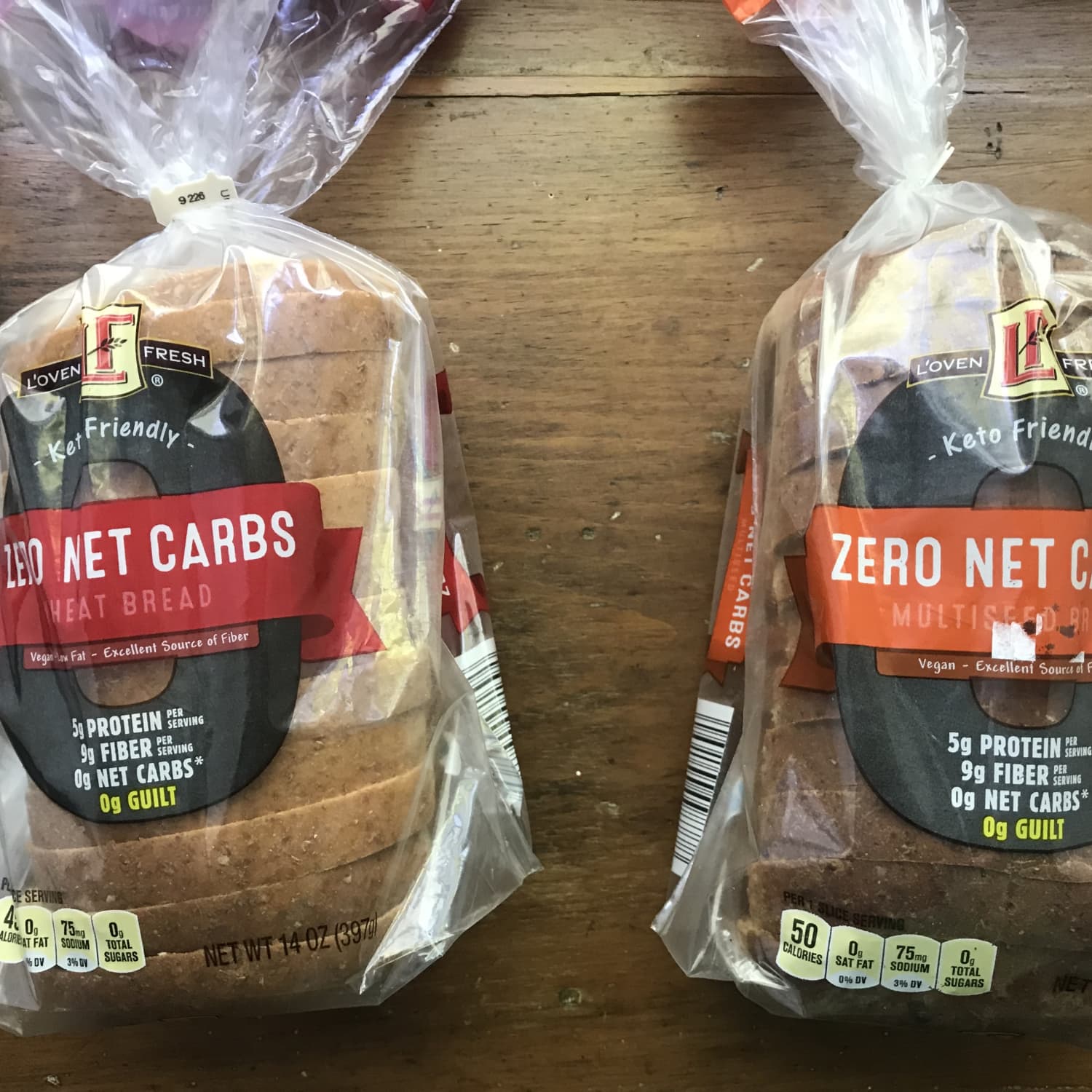
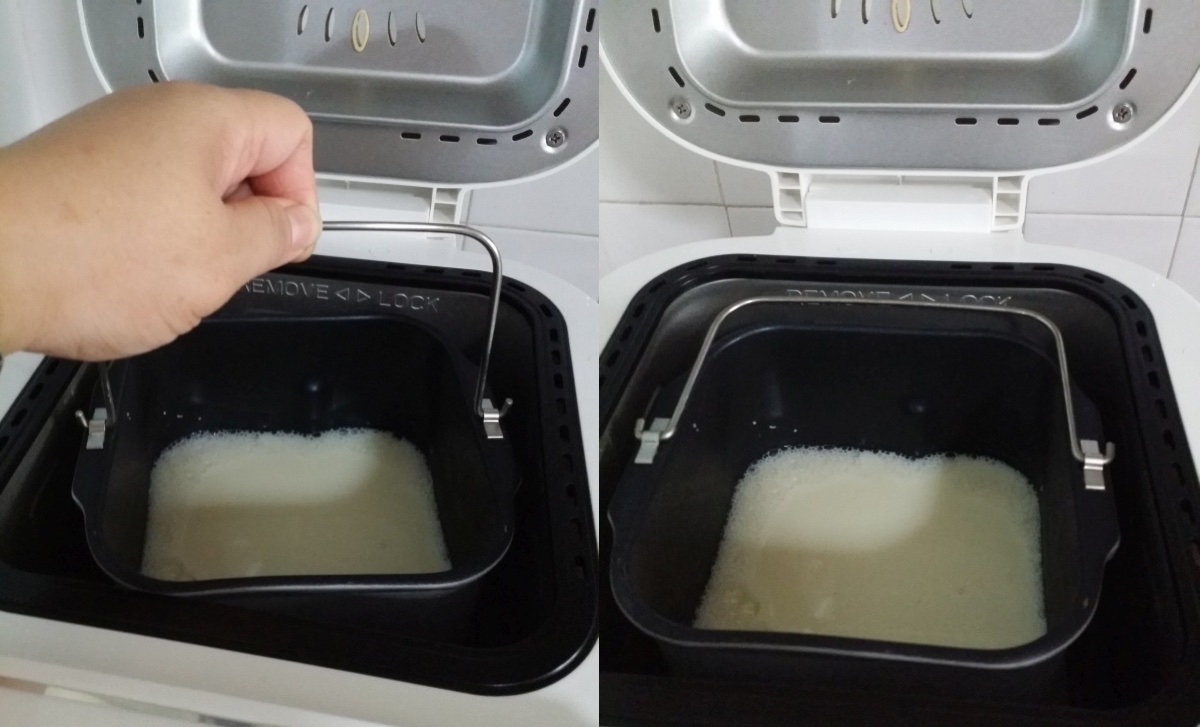
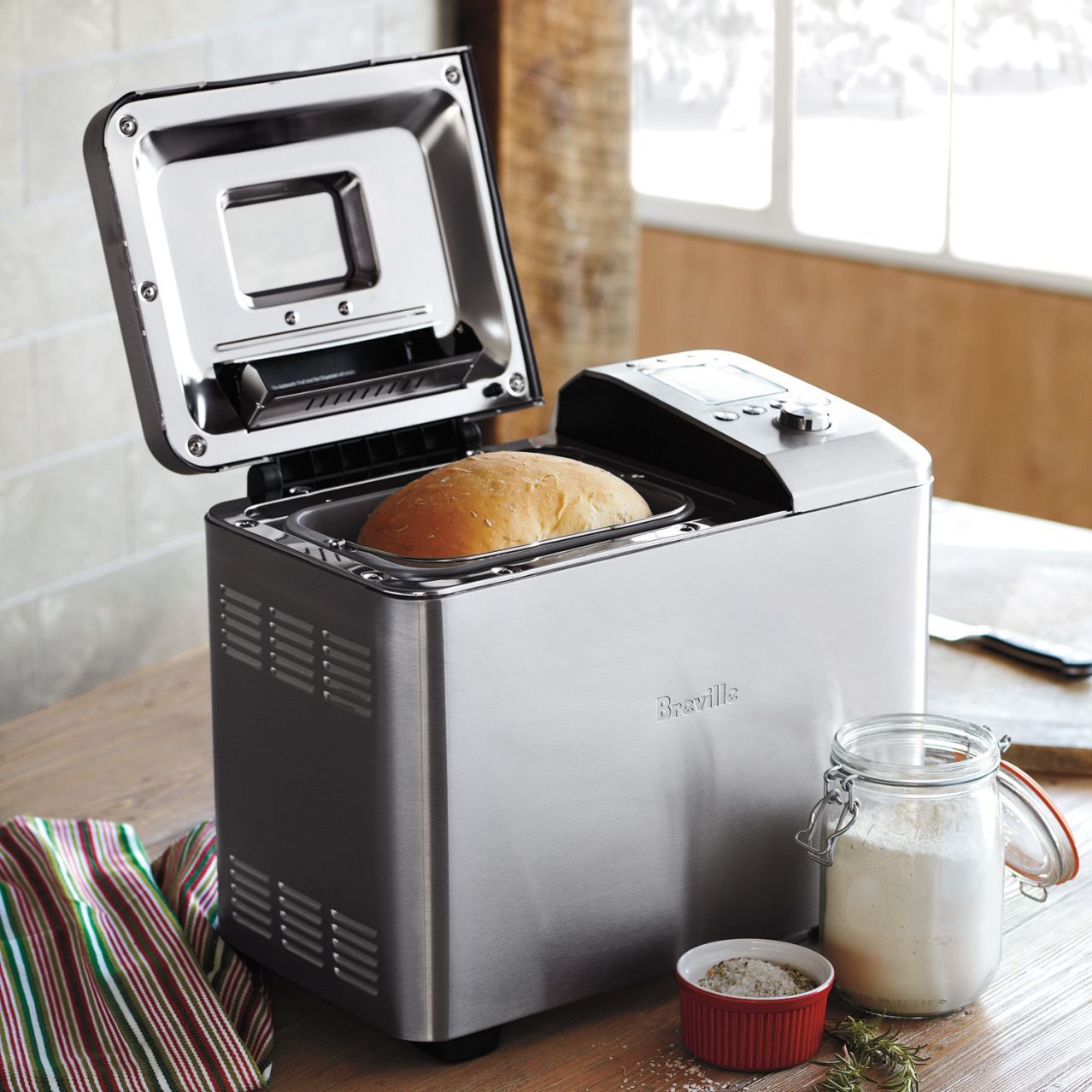
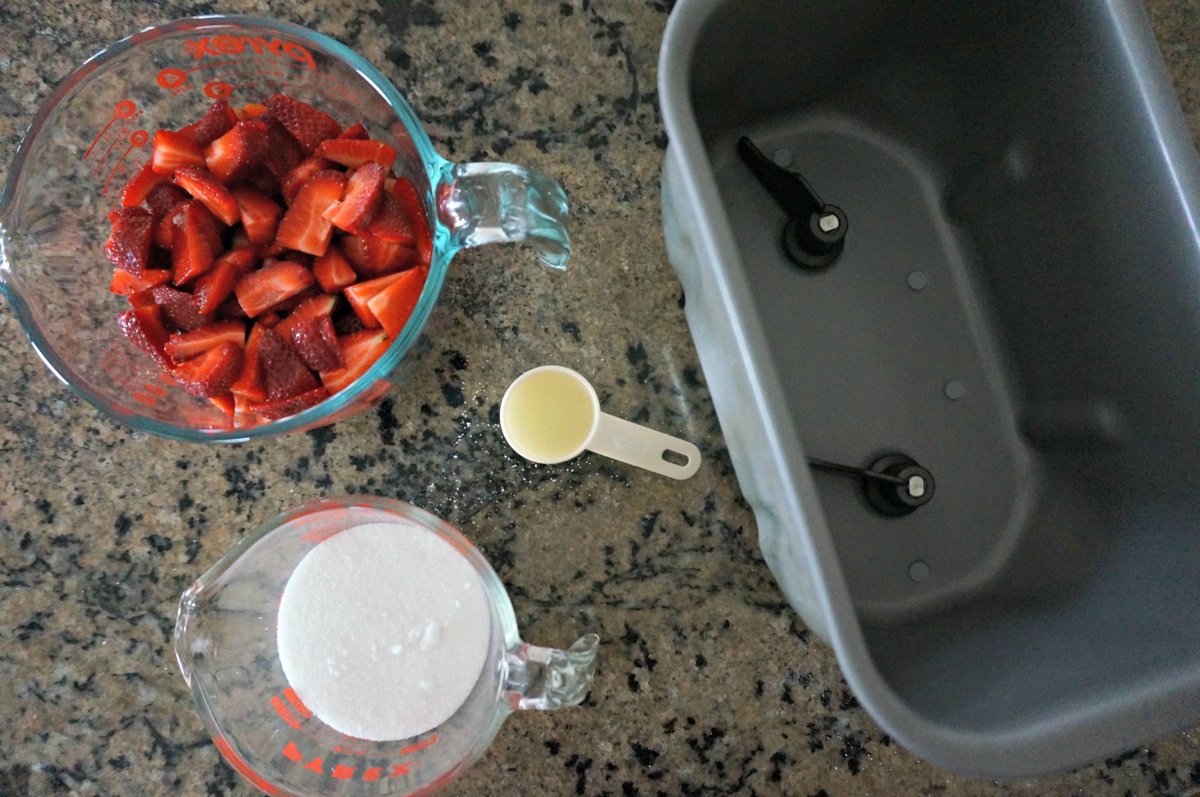

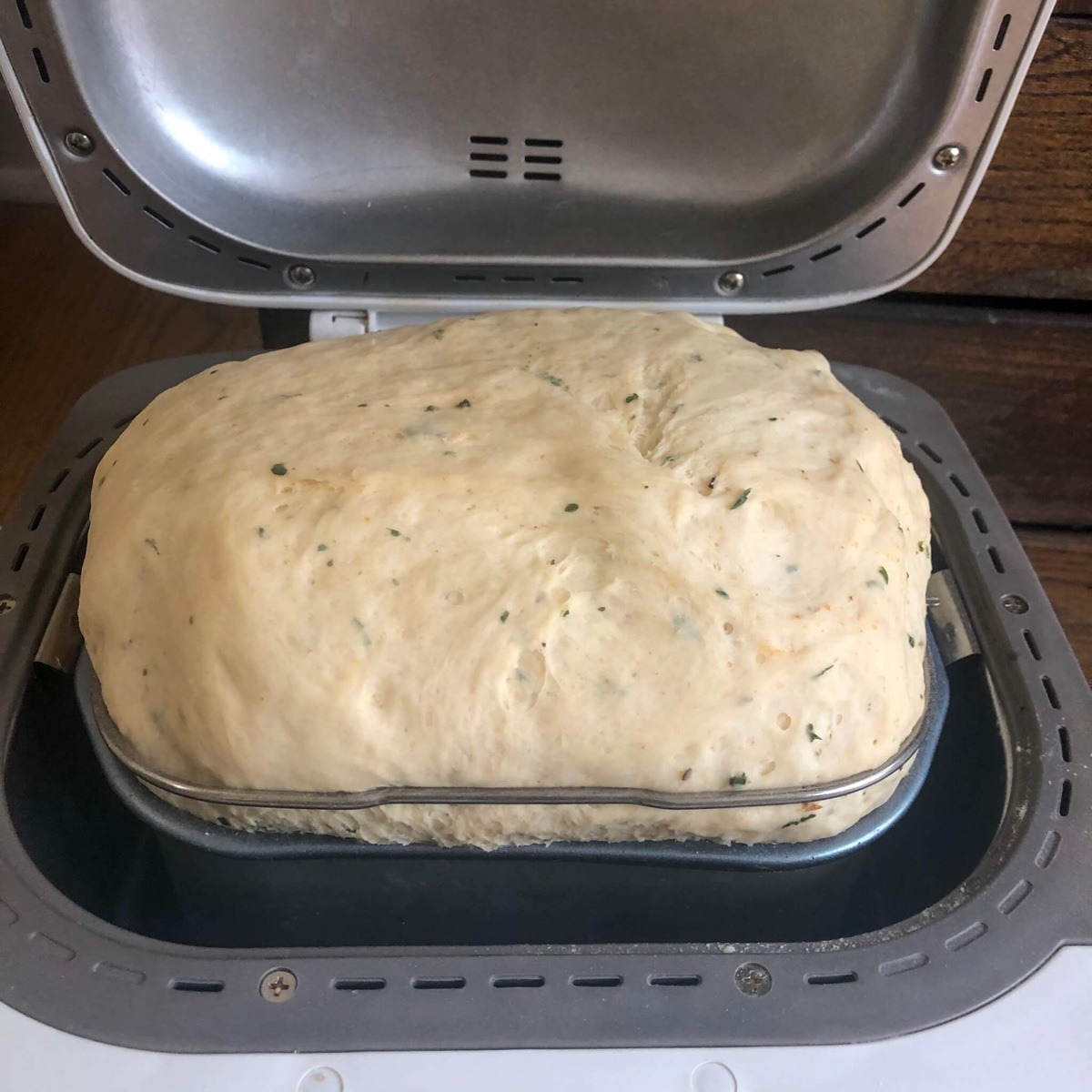

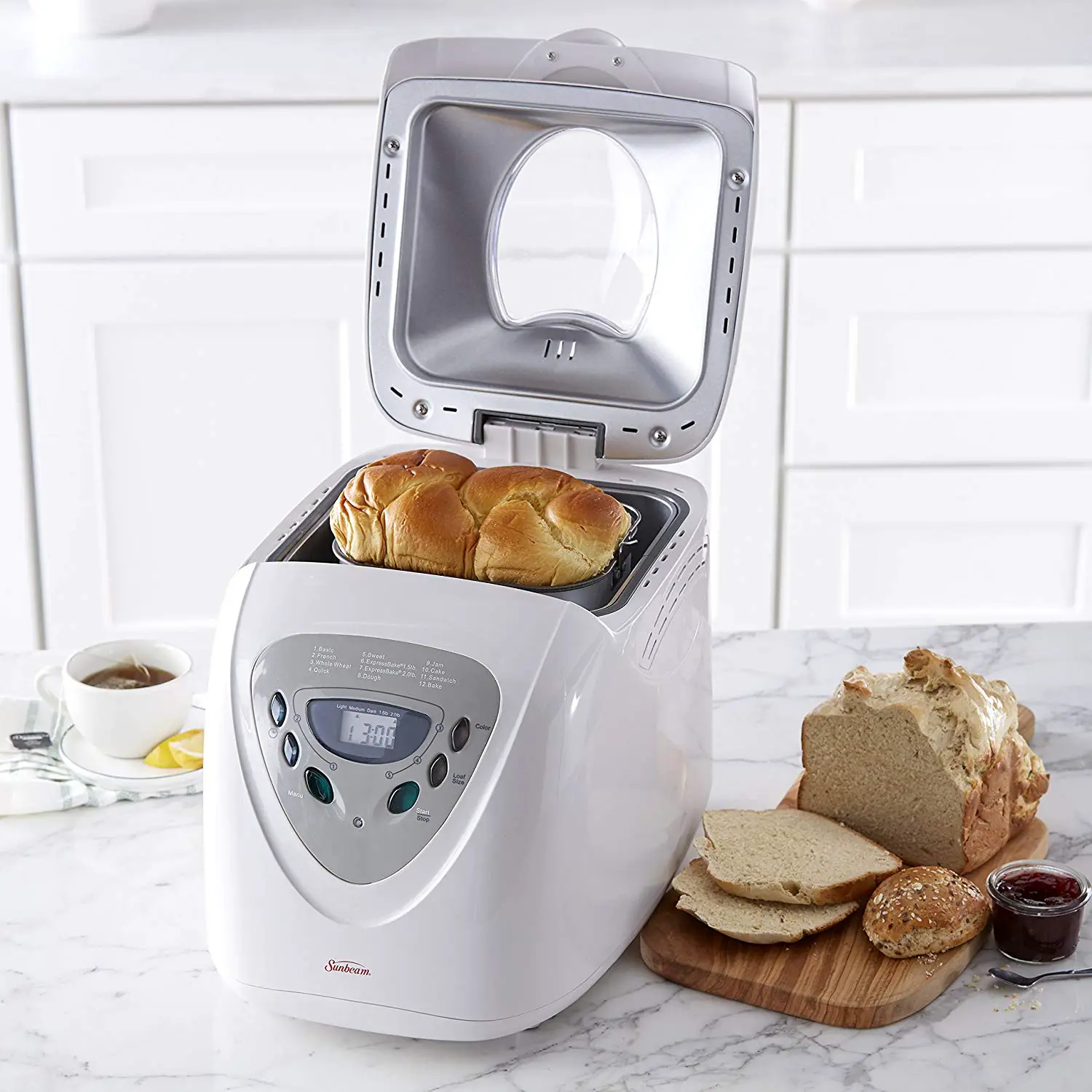
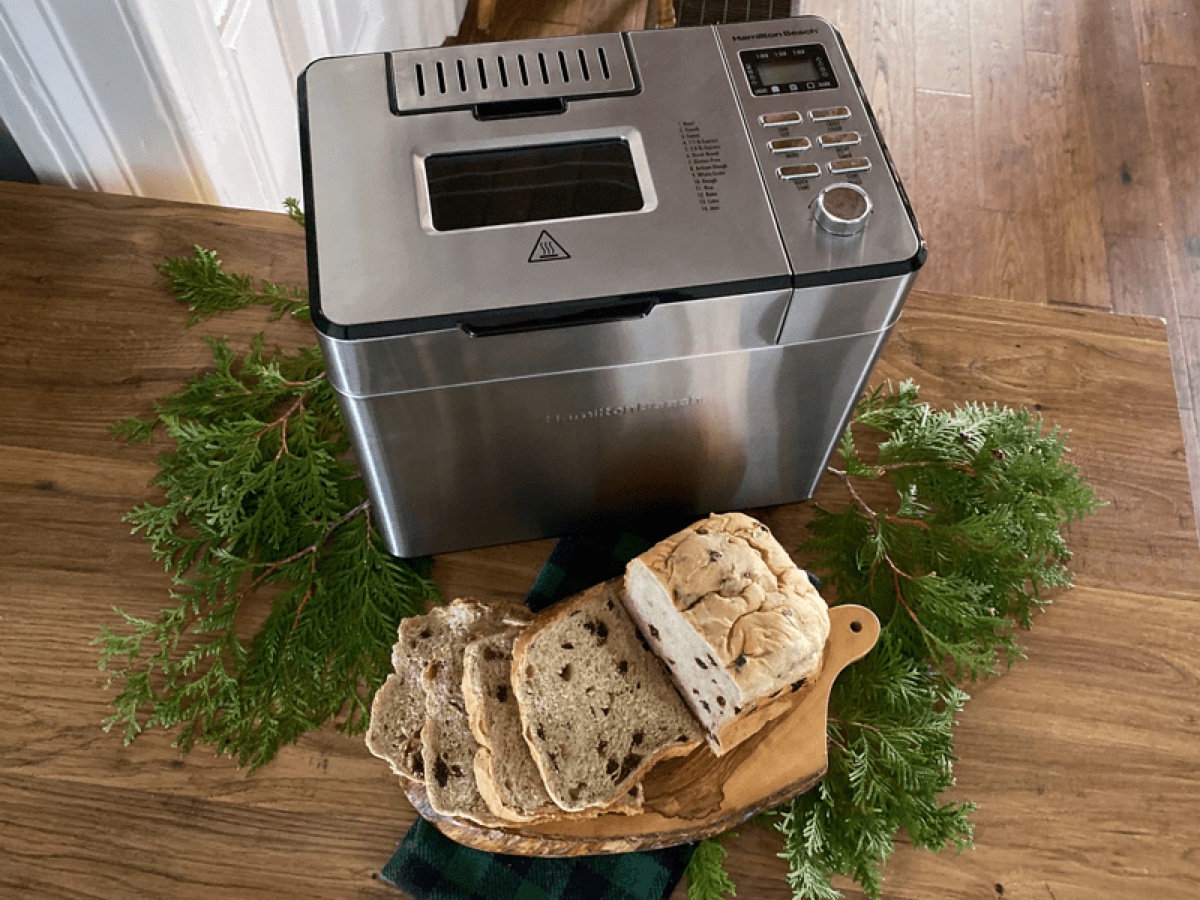
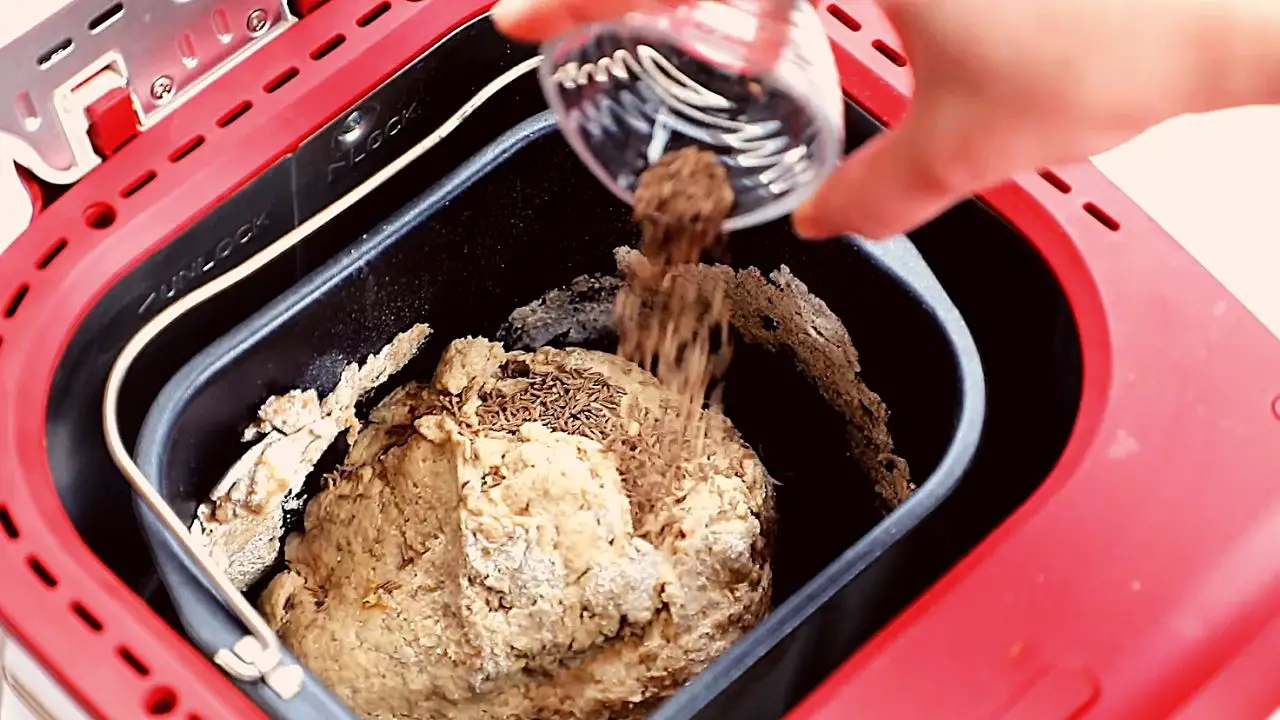
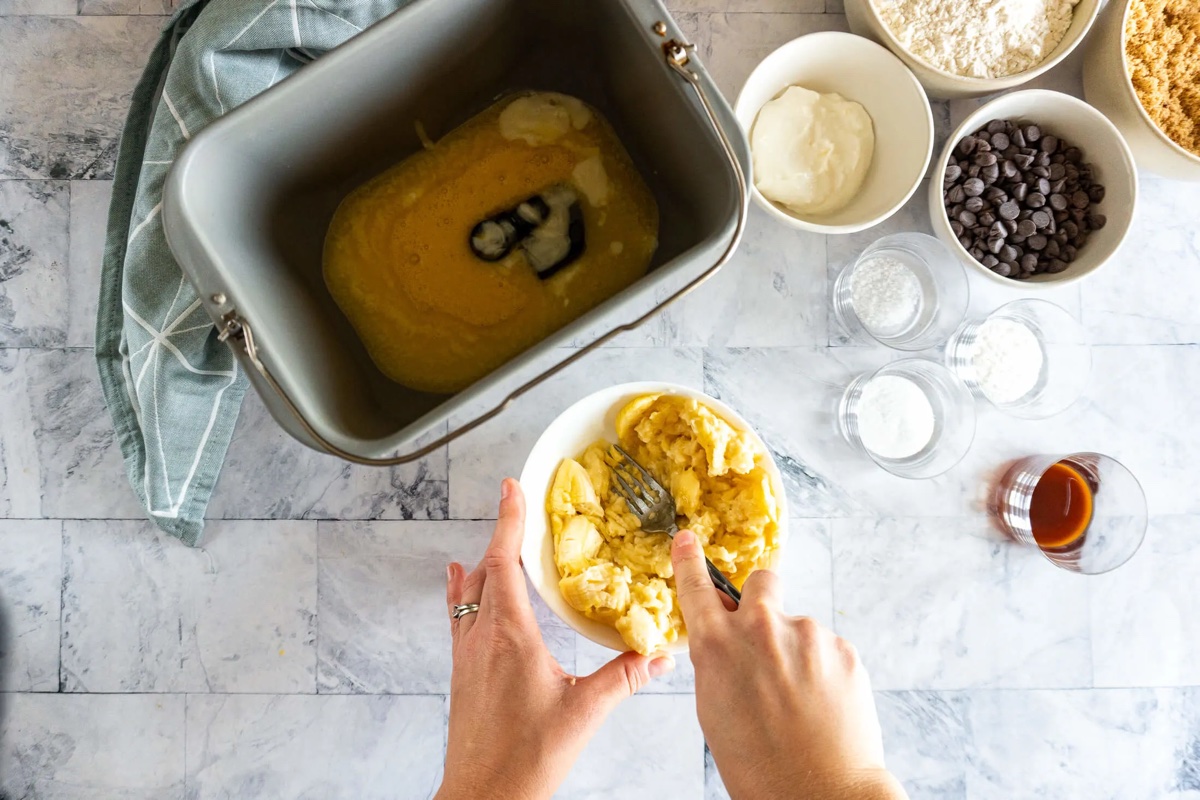
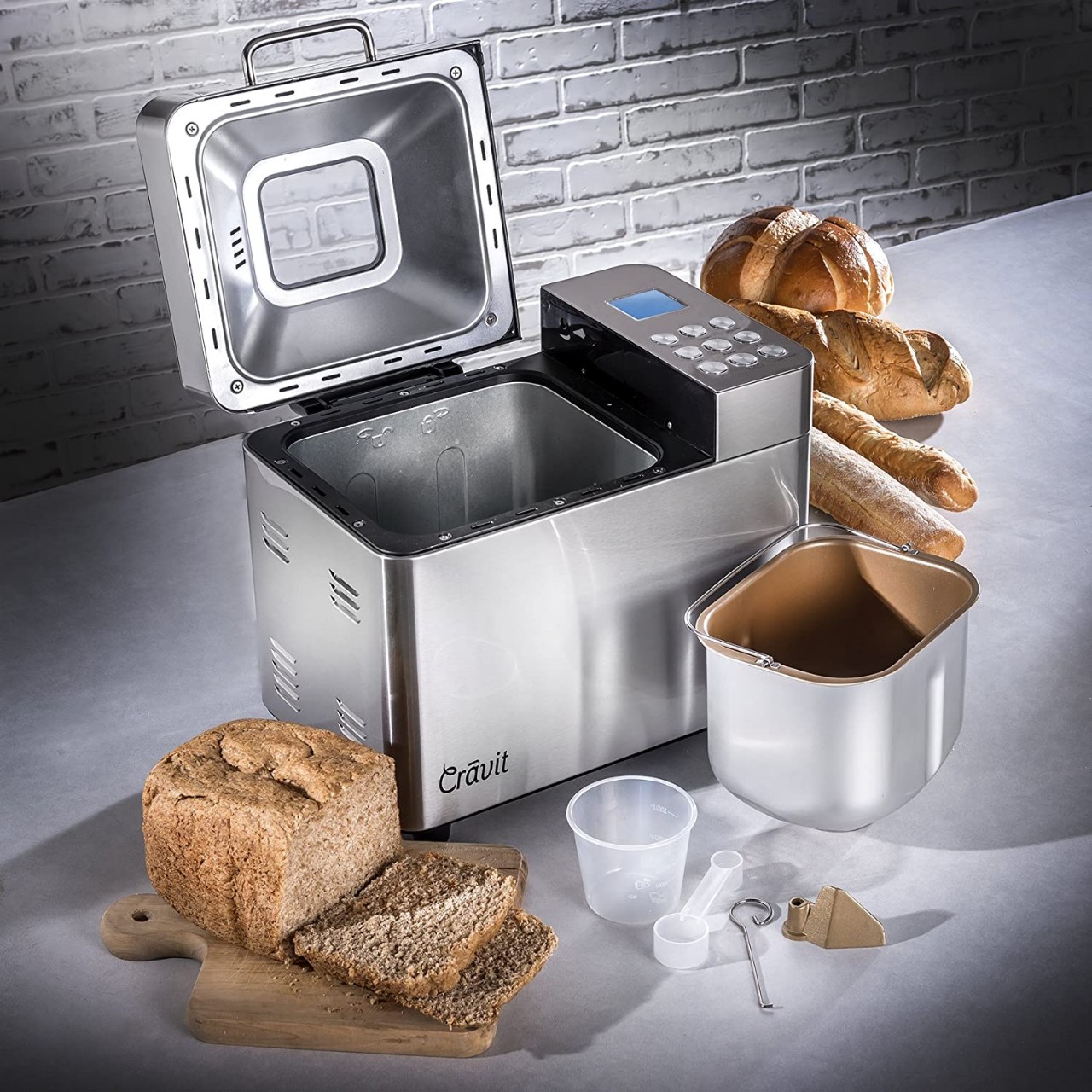
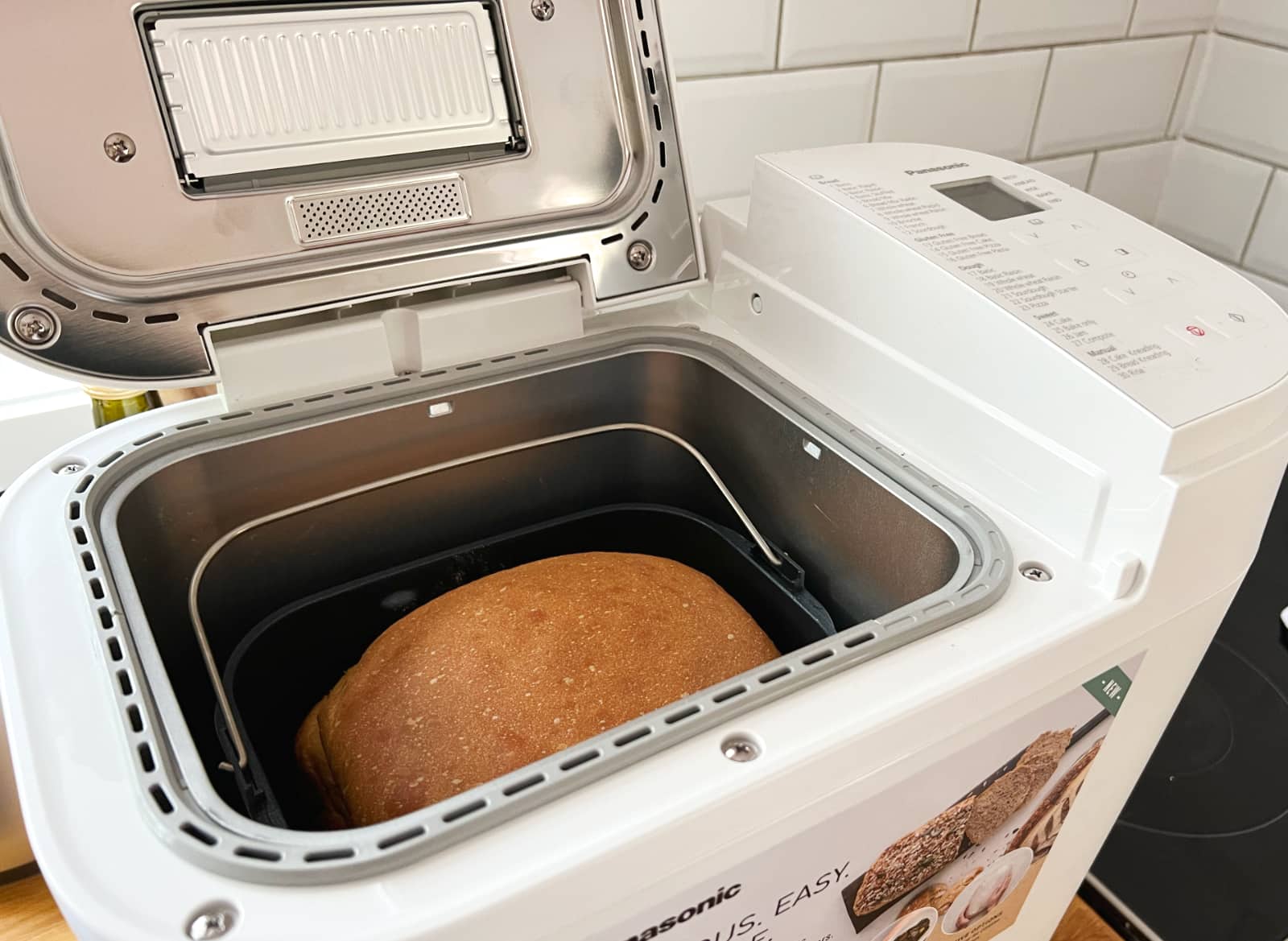
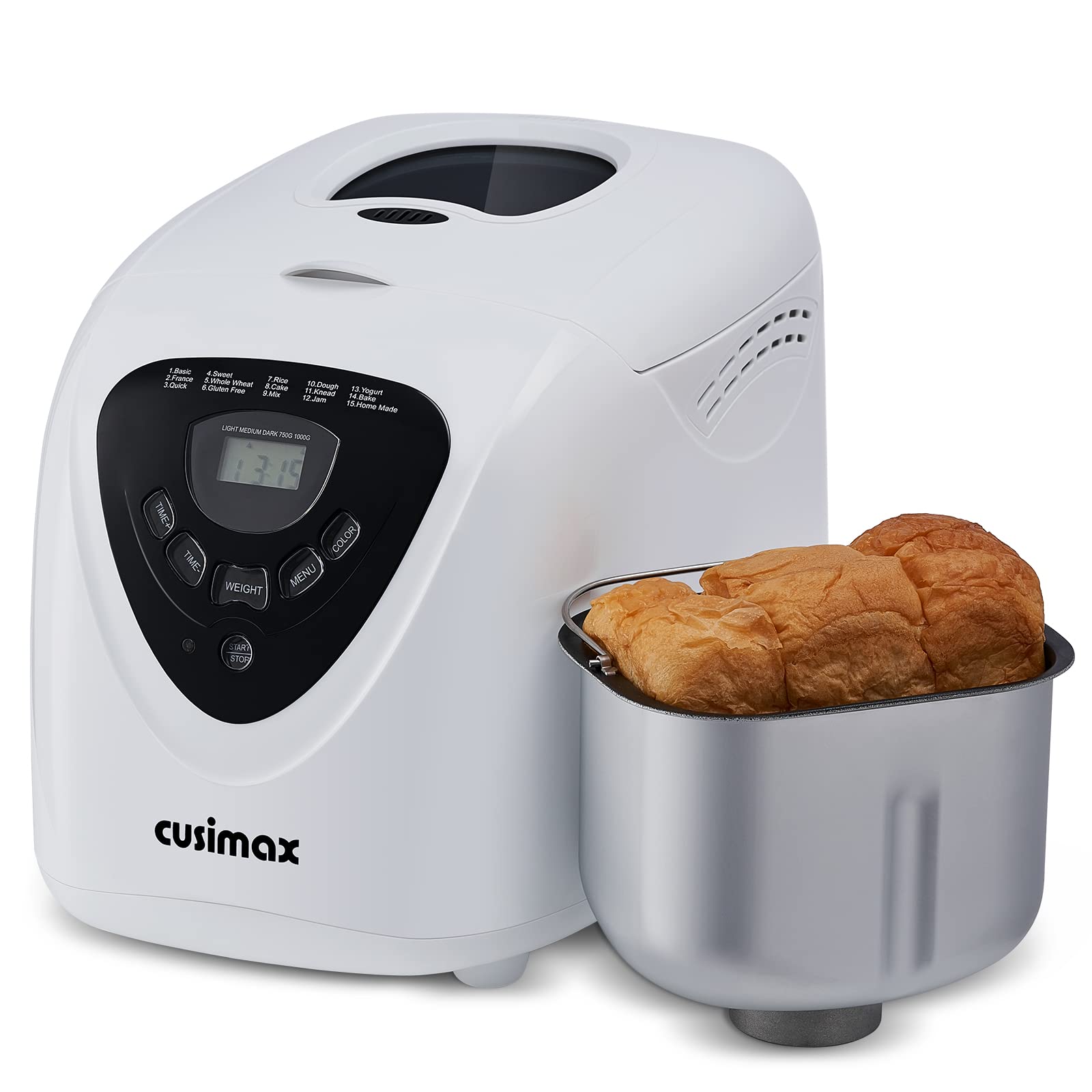

0 thoughts on “How To Make Keto Bread In A Bread Machine”